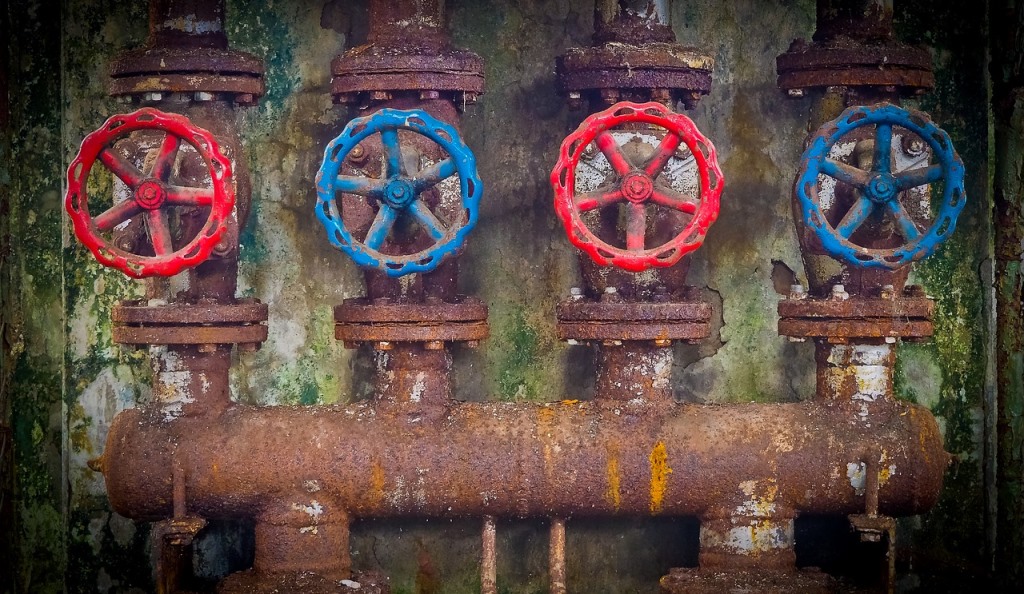On April 27, 2021, at an address to water associations, utilities, and their workers to mark Water Week, U.S. Environmental Protection Agency (EPA) Administrator Michael S. Regan announced the 2021 Notice of Funding Availability under the agency’s Water Infrastructure Finance and Innovation Act (WIFIA) program and state infrastructure financing authority WIFIA (SWIFIA) program.
These lending programs accelerate investment in critical water infrastructure renewal through innovative and flexible financing that can support a wide range of projects in both large and small communities.
“EPA’s $6.5 billion in water infrastructure funding will provide more than $13 billion in water infrastructure projects while creating more than 40,000 jobs,” said EPA Administrator Michael S. Regan. “Today’s announcement illustrates the multiple benefits of investing in water infrastructure—better public health and environmental protection, job creation, and economic development. These benefits would be taken to new heights under President Biden’s American Jobs Plan.”
EPA’s WIFIA loan program has become one of the most effective tools used to upgrade our nation’s infrastructure. To date, EPA’s 49 WIFIA loans are providing over $9.3 billion in credit assistance to help finance nearly $20 billion for water infrastructure while creating approximately 49,000 jobs and saving ratepayers over $4 billion.
This round of WIFIA funding will provide up to $5.5 billion to support $11 billion in water infrastructure projects and prioritizes five areas:
- Revitalizing and supporting economically stressed communities;
- Protecting water infrastructure against the impacts of climate change;
- Reducing exposure to lead and addressing emerging contaminants;
- Updating aging infrastructure; and
- Implementing new or innovative approaches including cybersecurity and green infrastructure.
EPA is also announcing funding under SWIFIA. This program, which was authorized by Congress as part of the America’s Water Infrastructure Act (AWIA) of 2018, offers low-interest loans to state water infrastructure programs that then help finance needed water infrastructure projects in local communities. This round of funding will provide SWIFIA borrowers up to $1 billion to support $2 billion in water infrastructure projects.
EPA will evaluate proposed projects described in the letters of interest using WIFIA’s statutory and regulatory criteria as described in the notice of funding availability. Through this competitive process, EPA will select projects that it intends to fund and invite them to apply. EPA will accept letters of interest from prospective WIFIA borrowers until July 23, 2021. EPA will accept letters of interest from state water infrastructure programs until June 25, 2021.
Established by the Water Infrastructure Finance and Innovation Act of 2014, the WIFIA program is a federal loan and guarantee program at EPA that aims to accelerate investment in the nation’s water infrastructure by providing long-term, low-cost supplemental loans for regionally and nationally significant projects. The 2021 notice of funding availability builds upon the existing active pipeline of WIFIA projects, which includes 76 projects in 25 states.
WIFIA credit assistance can be used for a wide range of projects, including:
- Drinking water treatment and distribution projects;
- Wastewater conveyance and treatment projects;
- Nonpoint source pollution management program;
- Management, reduction, treatment, or recapture of stormwater;
- National estuary program projects;
- Enhanced energy efficiency projects at drinking water and wastewater facilities;
- Desalination, aquifer recharge, alternative water supply, and water recycling projects; and
- Drought prevention, reduction, or mitigation projects.
Photo by Hands off my tags! Michael Gaida from Pixabay.

